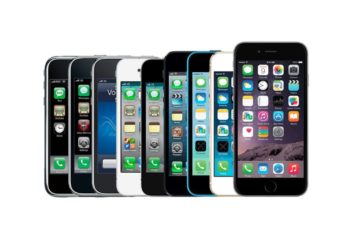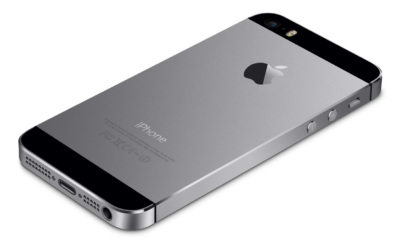When the iPhone launched, the world of mobile phone technology started changing immediately. Smartphones were the domain of high-powered businessmen and arch gadget lovers at the time, in part because of price, in part because their utilitarian looks and confusing interfaces didn’t appeal to many who didn’t need their advanced features.
But the iPhone managed to merge the power of smartphones with the universal, easy-to-understand interface and attractive design that most people want from a phone.
Here in 2013, the iPhone offers hundreds of thousands of apps that make just about any task user-friendly, and has some of the most advanced technology on the market. But it’s important to remember that it didn’t happen overnight.
There was no App Store until a year after the iPhone launched, and certainly no Retina display. And it’s amazing to think that the iPhone 5 has 4G mobile broadband, while the original in 2007 didn’t even have 3G.
In just five years, Apple’s iPhone has become almost unrecognizable when it comes to the technology that sits inside it, and even the outside features some incredible enhancements, despite looking a lot like the original. And now that mobile technology is the most prominent area of research and development for many companies, we are now only going to see the pace increase from now on.
But what does this mean for the future of the iPhone? Incredible leaps like the inclusion of Multi-Touch don’t come around very often, but there are other ways that the iPhone will improve over time. Small advances in areas that seem boring add up to making each new iPhone the best yet, but there are still blockbusting features that just aren’t ready yet, here in 2013.
The important thing is that these developments aren’t just science fiction: it’s nearly all technology that’s being finalized, or is being actively researched and developed. Some of the predictions might prove to be ambitious, or technologies might arrive quicker than anticipated, but it all has the potential to be real…
Read More: techradar.com


